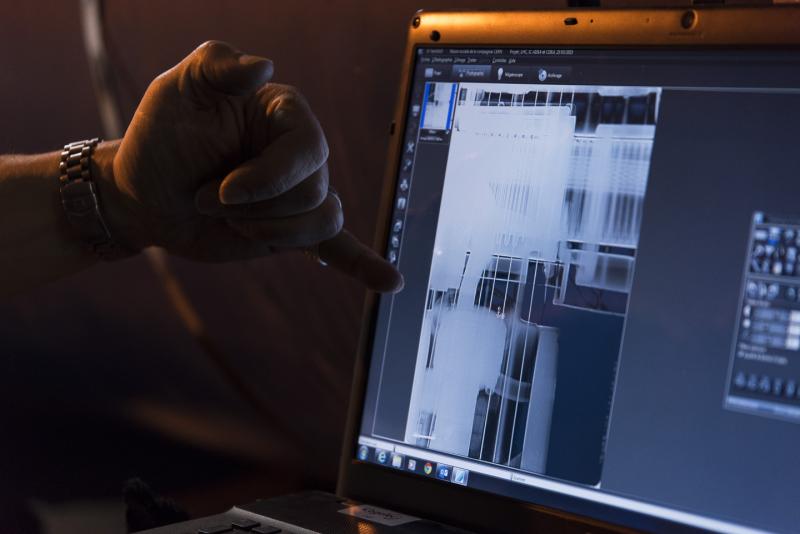This article is more than 1 year old
Short circuit at Large Hadron Collider slows return to matter-mauling
CERN boffins hope high-pressure helium will chill out their problems
The eager Igors of CERN are going to have to wait a little longer before they try to destroy the universe: it turns out that the upgraded Large Hadron Collider (LHC) has a short circuit in one of its dipole circuits.
Mere days before the LHC's keenly-anticipated Earthproton-shattering return to operations, the main dipole circuit on sector 3-4 developed a fault to Earth. The low-current, intermittent fault was well within the parameters of the LHC's protection systems, CERN says, so “there was no harm done”.
It seems that the fault, discovered on March 21, is due to a small piece of metal debris probably left over from the two-year-long upgrade work. As CERN says:
“Measurements by system experts have located the fault to within 10 cm by injecting current locally and using the standard cold mass instrumentation, which includes voltage and current taps. Each dipole of the LHC has a diode stack situated in a box under the magnet. The diode provides a path for current in the event of a quench.
“The fault is located in the vertical tube that leads from the magnet enclosure to the diode box. The most probable scenario is that a small piece of metal has found its way into this tube and is making contact between the tube (earth) and one of the cables that leads to the diode.”
There was, physicist Lyn Evans told Scientific American, a lot of cutting and welding involved in the upgrade work.
Ideally, Evans told to SciAm, the crews will be able to flush the debris clear with high-pressure helium; if they need to open the module to take a look at the short, it'll involve warming a sector of the ring up to room temperature, something that could cause a couple of months' delay to the restart.

CERN engineers hope X-rays will help them clear the short circuit without having to"
warm the LHC back up to room temperature. Image: Maximilien Brice/CERN
A controlled pulse of current could melt the offending object, CERN says.
The operational tests did, however, demonstrate that all but two of the magnetic circuits in the LHC “fully qualified for 6.5 TeV” (tera-electron volts), as CERN's Rossano Giachino and Markus Albert write here. ®
